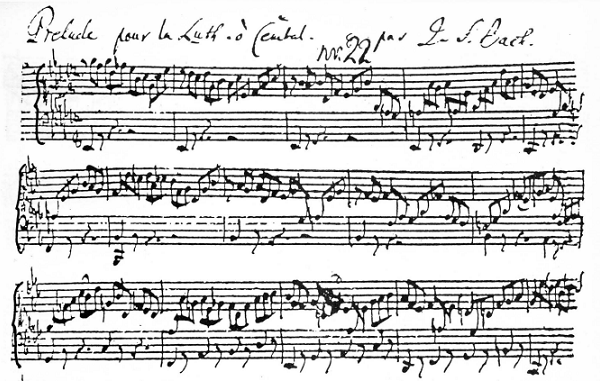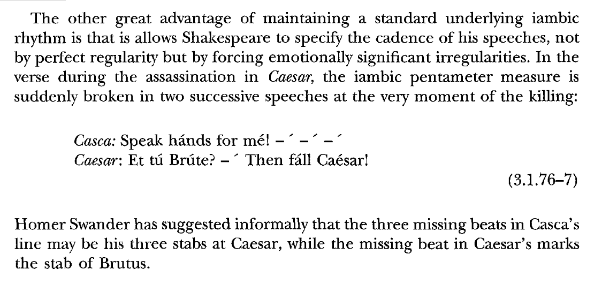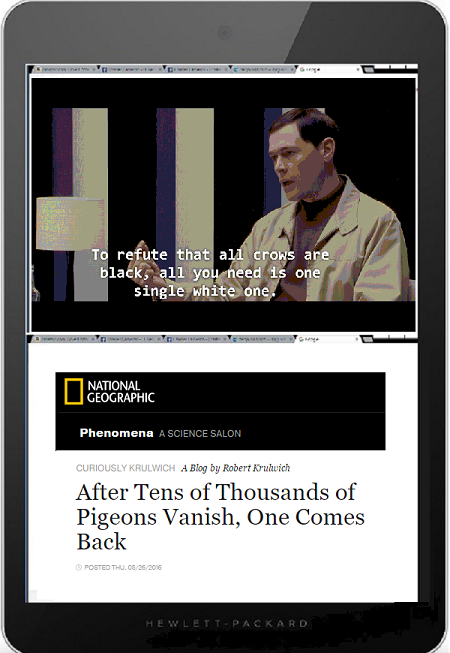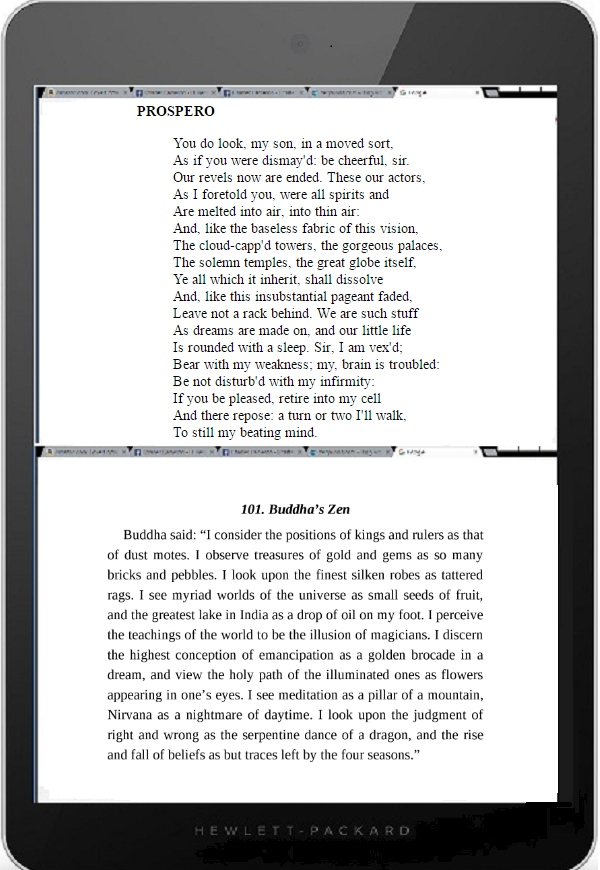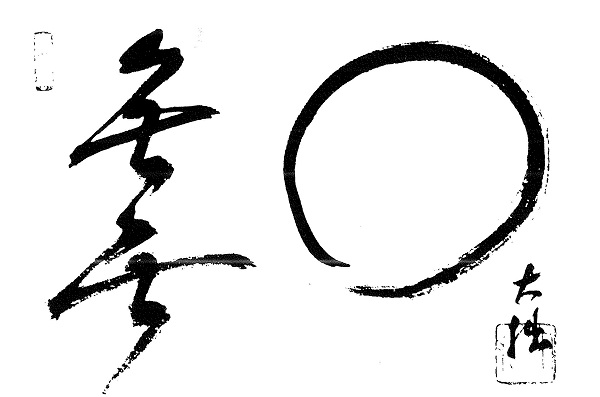Sunday surprise: Bach BWV 998
Sunday, July 17th, 2016[ by Charles Cameron — with a ramble via his peerless peer, Shakespeare ]
.
What’s a piece of music worth, on paper?
**
I had the good fortune some decades ago to be invited to attent Dr Homer Swander‘s seminar at the Oregon Shakespeare Festival in Ashland. Dr Swander is notable among Shakespearean scholars for his insistence that the texts we have of the plays are not themselves works of art, but serve the same function with respect to actual performances that an anrchitect’s blueprints serve with respect to a house, or a musical score to the performance of a work of music. Dr Swander dedicated much of his life to Shakespeare‘s plays, so we should not imagine that he thought little of the First Folio — or indeed of the First Quarto of Hamlet with its truncated soliloqy beginning:
To be or not to be, ay there’s the point,
To die, to sleep, is that all? Ay all:[for the original spelling, see this facsimile ©The British Library]
— it’s simply that he saw them as prelimiaries, not the thing itself. This in turn allowed him to “see” aspects of the plays from a director’s standpoint, with intriguing results:
Hugh Macrae Richmond, Shakespeare’s Theatre: A Dictionary of His Stage Context
You should have seen Dr Swander stab that point home!
But to return to Johann Sebastian Bach.. Similarly, we may ask ourselves, what’s the manuscript score of a great work of music worth?
**
Christie’s auction house in London has one answer for us in ther case of Bach’s Prelude, Fugue, and Allegro in E-flat major, BWV 998 — $3.3 million:
Valuable Bach manuscript goes under the hammer
The manuscript’s value was originally estimated at between 1.5 and 2.5 million pounds (between 2 and 3.3 million dollars). At the auction on Wednesday (13.07.2016) in London, the final bid came in at the high end of expectations.
Likely written between 1740 and 1745, the Prelude, Fugue and Allegro in E-flat Major (BWV 998) is a favorite among both harpsichords and lutenists. Like many works by Johann Sebastian Bach (1685-1750), it can be played on different instruments, which is expressly indicated on this score in the composer’s handwriting: “Prelude pour la Luth ò Cembal” (for lute or keyboard).
That’s its current cash value as judged by the market.
**
But what’s it worth — to you, to me, to life?
Nicholas Harnoncourt explains:
**
I am grateful as always to my friend Michael Robinson of Ornamental Peasant for pointing me to the sale at Christie’s — and to this remarkable piece.
